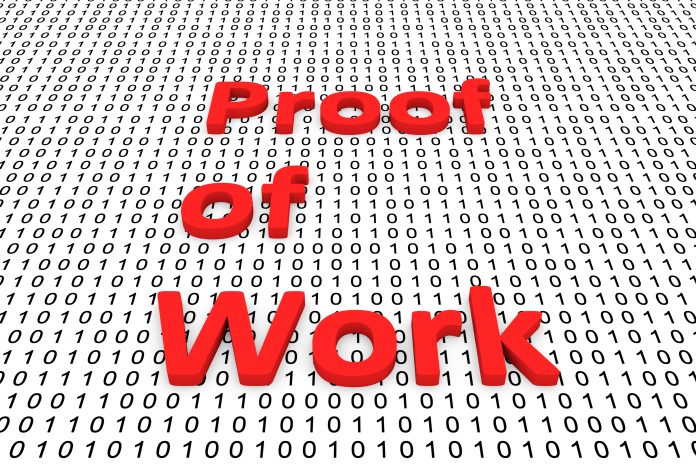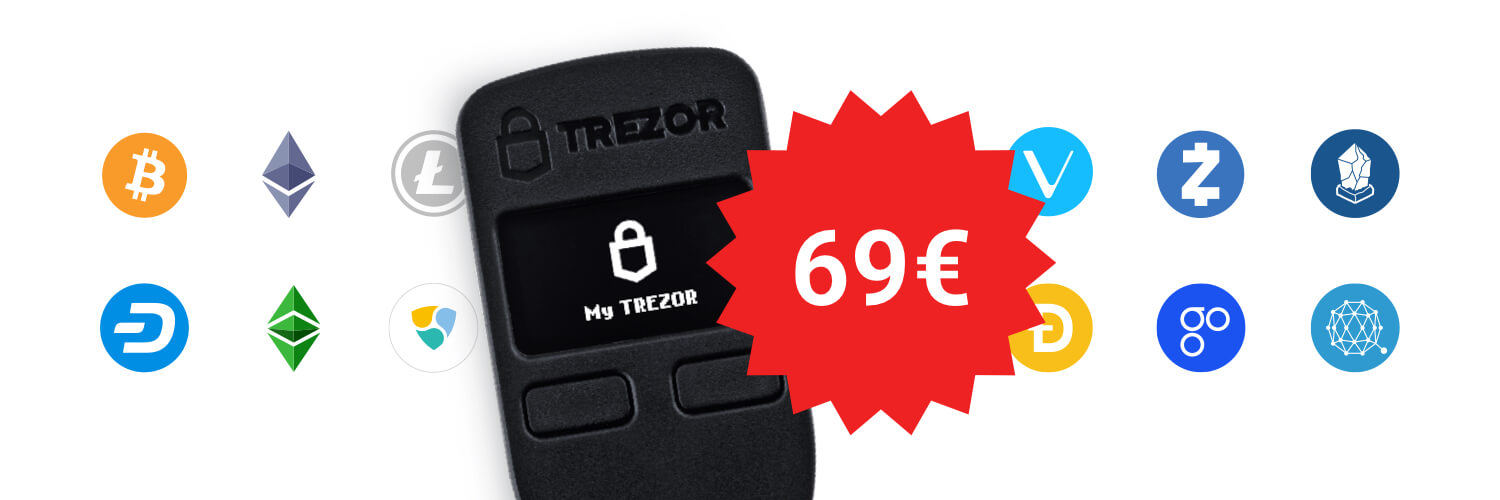Proof of work is one of the important protocols in the workings of cryptocurrencies. It is the method by which miners receive rewards for their work in maintaining the network. In order to verify transactions, it is necessary to review the Blockchain database. Miners perform this task in order to trace the funds’ origin and history. This means verifying who mined that particular coin and what chain and block contains it. These verifications are the work that miners do in order to obtain new coins, hence the name “proof-of-work”. Since this method is very demanding from a computing power perspective, it needs a huge amount of electricity.
How Proof-of-work algorithms started
Computer scientist Hal Finney built on the idea of proof-of-work and created a system that used reusable work proof (RPoW). Finney’s goal for RPoW was for digital money to prove its value in the same manner that physical coin money does. To understand this, consider that the value of a gold coin is based on the material of the coin itself. The value of this gold is based on the work needed in order to obtain this substance. Similarly, the value of a digital token would be based upon the work required to obtain it.
The Finney RPoW system differed from the current PoW system in that it allowed a random exchange of tokens without repeating the work needed to generate them. After someone “spends” a PoW token on a web page, the website owner has to exchange that “spent” PoW token for a new, unused RPoW token. After this process, the new token replaces the old one and is valid for any other website that uses this technology.
How RPoW verifies transactions
Each token in this system requires remote verification in order to ensure that it is not counterfeit. The RPoW server replaces the used PoW or RPoW token with a new one of equal value. This server uses remote authentication to allow any interested party to verify what software is running on the RPoW server. Because the source code for Finney’s RPoW software has a BSD license, any reasonably knowledgeable programmer could verify that the software (and ultimately the RPoW server) never issued a new token except in exchange for a spent token of the same value.
Until 2009, Finney was the only RPoW system to be implemented; it has never seen economically important use.
RPoW protection is achieved by using private keys in TPM (trusted platform) hardware and by manufacturers who have private TPM keys. Theft of the TPM manufacturer key or the acquisition of the key by examining the TPM itself would invalidate any warranty.
Detailed description right here: https://en.wikipedia.org/wiki/Proof_of_work.








